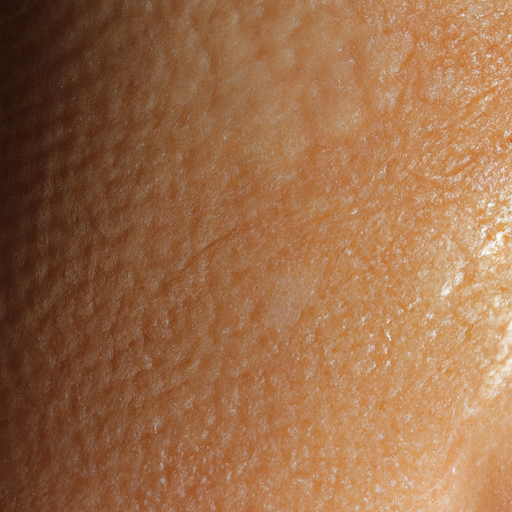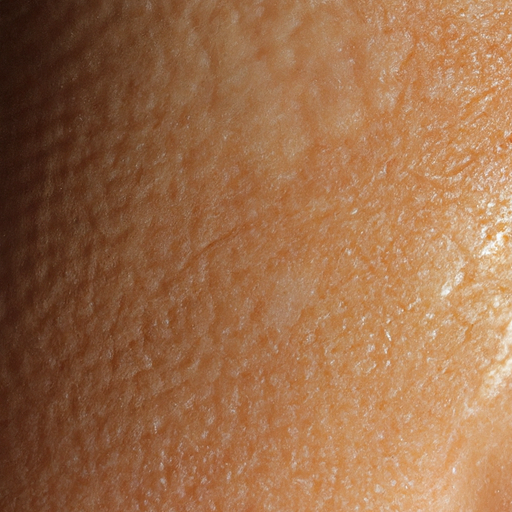As a dermatologist, I often encounter patients who struggle with oily skin, a condition that can lead to a variety of skin issues such as acne, blackheads, and enlarged pores. Understanding the causes, diagnosis, and treatment options for oily skin can help individuals better manage their skin health.
Oily skin is primarily caused by overactive sebaceous glands that produce excess sebum, a natural skin oil that helps protect and hydrate the skin. However, when produced in excess, sebum can clog pores and lead to oily skin and acne. Factors contributing to oily skin can be genetic, hormonal fluctuations, environmental conditions, diet, stress, and improper skincare routines.
Diagnosing oily skin is typically straightforward. As a dermatologist, I look for visible signs such as a shiny or greasy appearance, large or noticeable pores, and persistent pimples or blackheads. A blotting paper test can also be used to confirm the diagnosis. This involves pressing a piece of blotting paper against the skin. If the paper becomes saturated with oil after a short period, it’s likely the individual has oily skin.
Once diagnosed, the next step is formulating a treatment plan. It’s important to understand that while oily skin cannot be completely cured, it can be managed effectively with the right skincare routine and lifestyle changes.
Firstly, I always advise my patients to cleanse their face twice daily with a gentle, water-soluble cleanser to remove excess oil without stripping the skin of its natural moisture. It’s crucial to avoid harsh soaps or alcohol-based products as they can over-dry the skin, causing it to produce even more oil in response.
Secondly, using a toner can help remove any residual oil or dirt left after cleansing. However, it’s essential to choose an alcohol-free toner to prevent skin irritation or dryness.
Thirdly, even oily skin needs hydration. Opt for an oil-free, non-comedogenic moisturizer that won’t clog pores. Some moisturizers are specially formulated for oily skin and contain ingredients like hyaluronic acid that provide hydration without adding oil.
In addition to a consistent skincare routine, certain lifestyle changes can also help manage oily skin. Maintaining a healthy diet low in processed foods and sugars, staying hydrated, getting regular exercise, and managing stress can all contribute to improved skin health.
For severe cases of oily skin that don’t respond to over-the-counter treatments, prescription medications may be necessary. These can include topical retinoids, oral contraceptives (for women), or isotretinoin for severe acne associated with oily skin.
In conclusion, while oily skin can be a challenging condition to manage, understanding its causes and implementing an effective skincare routine can significantly improve skin health and appearance. If you’re struggling with oily skin, I recommend consulting with a dermatologist who can provide personalized advice and treatment options. Remember, every skin type is unique and what works for one person may not work for another. It’s all about finding what works best for your individual needs.




